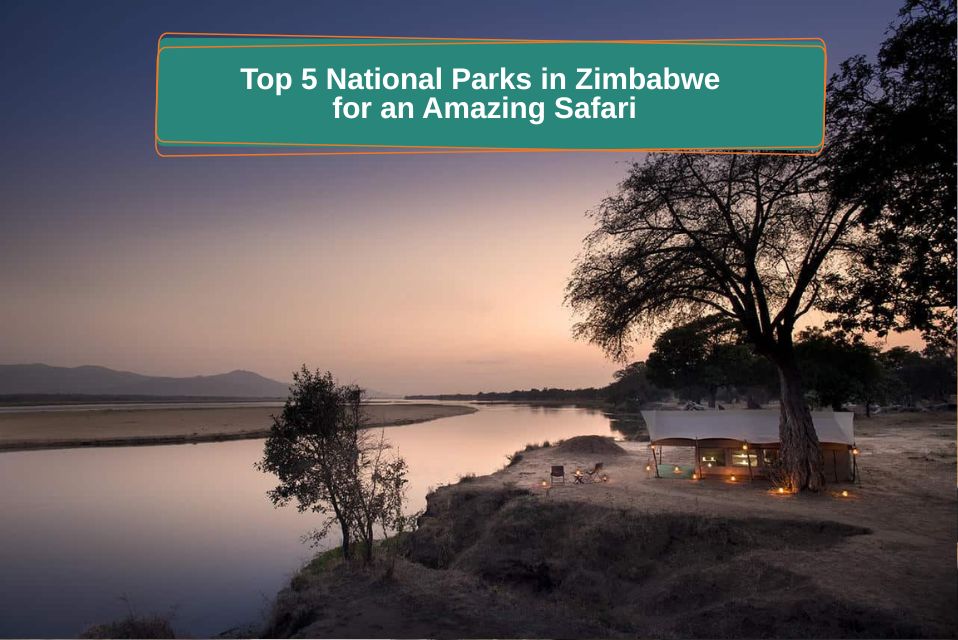
Zimbabwe, renowned for its majestic landscapes and abundant wildlife, is ideal for all types of safari-goers, whether you’re a seasoned traveller or embarking on your first family safari in Zimbabwe. Its national parks offer an unparalleled experience, from the vast plains of Hwange National Park to the lush waterways of Mana Pools, promising a thrilling journey into the heart of African wilderness. In this guide, we’ll explore the top 5 national parks in Zimbabwe, detailing the incredible wildlife encounters and the adventure-filled safaris that await you and your family.
Nestled in Southern Africa, Zimbabwe boasts a diverse array of national parks, each offering unique landscapes and wildlife experiences. The country is blessed with breathtaking vistas, from the savannahs teeming with elephants and lions to the beautiful Zambezi River with its resident hippos, crocodiles and rich birdlife. The parks are a haven for those seeking to connect with nature and witness the raw beauty of the African continent. Among the best parks in Zimbabwe, Hwange National Park and Mana Pools National Park stand out for their remarkable biodiversity and unforgettable safari experiences.
Family Safari in Zimbabwe – Top 5 National Parks to Visit
1. Hwange National Park
Hwange National Park is Zimbabwe’s largest game reserve, renowned for its vast elephant herds and diverse wildlife. Spanning roughly 14,600 square kilometers, it offers an expansive wilderness for nature enthusiasts. Visitors can embark on a Hwange safari to explore its varied terrain, from open savannahs to dense woodlands, home to over 100 mammal species and nearly 400 bird species.
The park is famous for its large elephant population, with thousands of these gentle giants roaming freely. Game drives and walking safaris provide an intimate glimpse into the lives of these majestic creatures, along with sightings of lions, leopards, and African wild dogs. Sundowners at one of the park’s many waterholes offer mesmerizing views of wildlife congregating for a drink as the sun sets over the horizon.
2. Mana Pools National Park
Listed as a UNESCO World Heritage Site, Mana Pools National Park is a pristine wilderness area located in northern Zimbabwe. Its name, derived from the four large pools formed by the Zambezi River, is synonymous with striking landscapes and abundant wildlife. A Mana Pools safari promises a unique experience, with opportunities for canoeing along the Zambezi, providing a fresh perspective on the park’s wildlife and scenery.
Mana Pools is celebrated for its exceptional walking safaris, allowing visitors to explore the park on foot, guided by experienced rangers. This offers a chance to observe animals up close, including elephants, hippos, and Nile crocodiles, all set against the backdrop of lush floodplains and towering acacia trees. The park is also a birdwatcher’s paradise, with over 350 species recorded, making it an idyllic destination for nature lovers.
3. Matobo National Park
Matobo National Park, located southwest of Bulawayo, is renowned for its dramatic rock formations and rich cultural heritage. The park is home to the Matobo Hills, a UNESCO World Heritage Site, known for its unique granite kopjes and ancient San rock art. A visit here is not only about wildlife but also about exploring the spiritual and historical significance of the land.
Wildlife enthusiasts can enjoy game drives in search of rhinos, leopards, and a variety of antelope species. The park’s diverse habitats support a wide array of birdlife, including the world’s largest concentration of black eagles. Matobo is also famous for its cultural tours, offering insights into the traditions and beliefs of the Ndebele people.
4. Gonarezhou National Park
Gonarezhou, meaning “Place of Elephants,” lives up to its name with its large elephant herds and stunning landscapes. Located in southeastern Zimbabwe, it forms part of the Great Limpopo Transfrontier Park, linking with South Africa’s Kruger National Park and Mozambique’s Limpopo National Park. This expansive wilderness is less frequented than other parks, offering a serene and uncrowded safari experience.
The park’s dramatic scenery includes the iconic Chilojo Cliffs, towering sandstone formations that provide breathtaking panoramic views. Gonarezhou is home to a rich diversity of wildlife, including elephants, lions, and African wild dogs. Its rivers and waterholes attract a variety of bird species, making it a haven for birdwatching enthusiasts.
5. Matusadona National Park
Nestled on the shores of Lake Kariba, Matusadona National Park is a hidden gem offering a unique blend of water-based and land-based safaris. The park is characterized by its rugged mountains, lush valleys, and expansive lakefront, providing diverse habitats for wildlife.
Visitors can enjoy game drives along the lakeshore, spotting elephants, buffalo, and a range of bird species. Matusadona is also known for its aquatic adventures, with opportunities for fishing, boating, and guided canoe trips, offering a chance to explore the park’s rich wildlife from a different perspective.
Practical Travel Information for Zimbabwe Safaris
When planning a Zimbabwe safari, there are several logistics to consider, ensuring a smooth and enjoyable experience. Accommodation options range from luxury lodges and tented camps to basic campsites, catering to diverse preferences and budgets. Many lodges provide all-inclusive packages, covering meals, game drives, and guided activities, offering a hassle-free experience.
Transportation within the parks is typically via 4×4 safari vehicles, designed to handle the rugged terrain. For those seeking an aerial perspective, charter flights are available, providing swift access to remote areas and stunning views of the landscapes below.
Costs for a Zimbabwe safari can vary widely, depending on the level of luxury and the duration of the stay. On average, a mid-range safari costs between $200 and $500 per person per day, covering accommodation, meals, and activities. Luxury safaris can exceed $1,000 per person per day. It’s advisable to book in advance, particularly during peak seasons, to secure the best rates and availability.
Best Time to Visit and Planning Tips
Zimbabwe’s climate is characterized by two main seasons: the dry season (April to October) and the wet season (November to March). The dry season is generally considered the best time to visit, offering optimal conditions for wildlife viewing as animals congregate around water sources. During this period, the weather is cooler and more comfortable for outdoor activities.
The wet season, while offering lush green landscapes and vibrant birdlife, can make wildlife spotting more challenging due to dense vegetation. Roads may also become more difficult to navigate, impacting travel logistics. However, this is an excellent time for birdwatchers, with migratory species arriving from November to April.
Local Culture and Experiences
Beyond the wildlife, Zimbabwe offers rich cultural experiences that add depth to your safari adventure. The country is home to a variety of ethnic groups, each with its own traditions and customs. Visitors are often welcomed to local villages, where they can learn about traditional crafts, music, and dance.
The Great Zimbabwe Ruins, a UNESCO World Heritage Site, offer a glimpse into the country’s historical legacy. These ancient stone structures, dating back to the 11th century, provide insights into the early Shona civilization and its architectural prowess.
Engaging with local communities not only enriches your travel experience but also supports sustainable tourism initiatives, helping to preserve Zimbabwe’s cultural heritage for future generations.
Food and Dining Recommendations
Zimbabwean cuisine is a delightful fusion of traditional flavors and modern influences. Visitors can savor a range of dishes, from hearty stews and grilled meats to fresh vegetables and fruits. A traditional meal often includes sadza, a maize-based staple similar to polenta, served with a variety of accompaniments.
In the national parks, most lodges offer all-inclusive dining options, featuring a mix of local and international cuisines. Meals are typically served in communal dining areas, providing an opportunity to share stories and experiences with fellow travelers. For those seeking a unique dining experience, bush dinners under the stars offer a magical setting amidst the sounds of the African night.
Explore Zimbabwe’s National Parks Today!
From the elephant herds of Hwange to the tranquil waters of Mana Pools, Zimbabwe’s national parks offer a safari experience like no other. Whether you’re seeking thrilling wildlife encounters or serene landscapes, this country delivers unforgettable adventures. As you embark on your journey, remember to immerse yourself in the local culture, savor the flavors of Zimbabwean cuisine, and embrace the magic of this extraordinary land.
Ready to plan your Zimbabwe safari? Check out our safaris to Zimbabwe and contact our team soon!
Leave a Reply
Your email address will not be published. Required fields are marked *


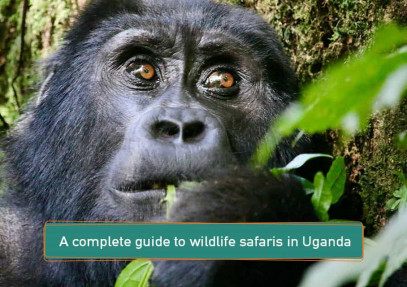
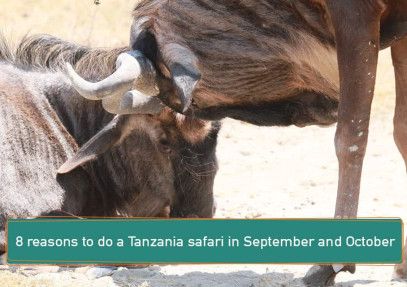
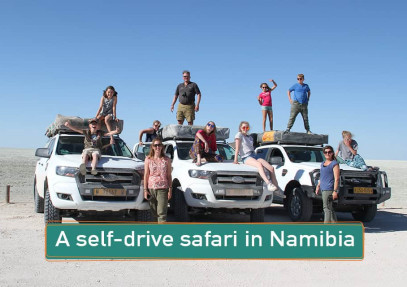
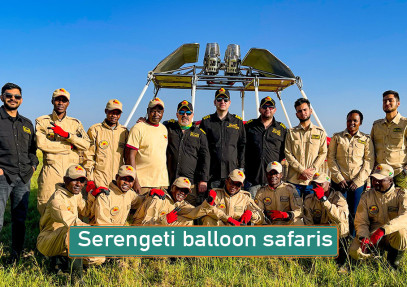
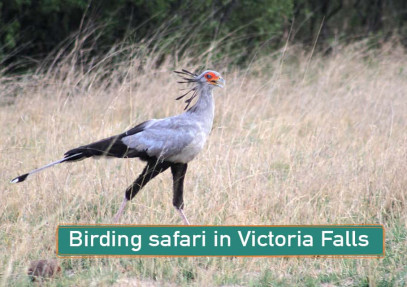
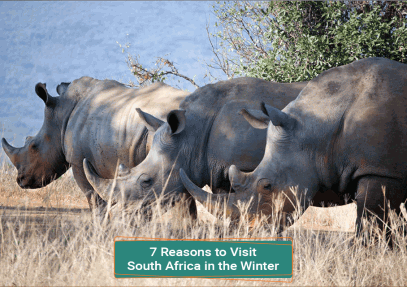
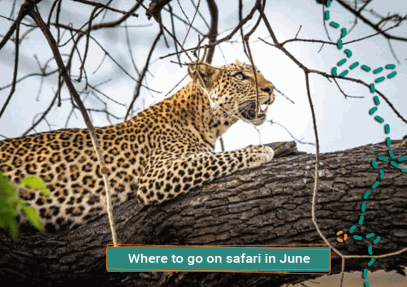
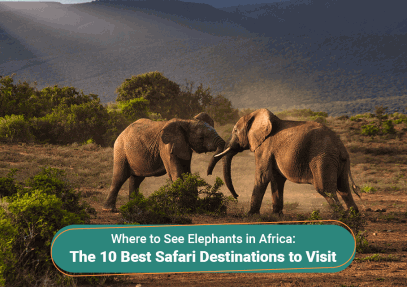
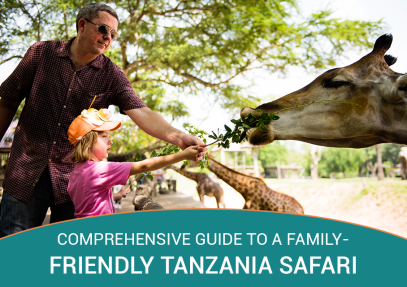
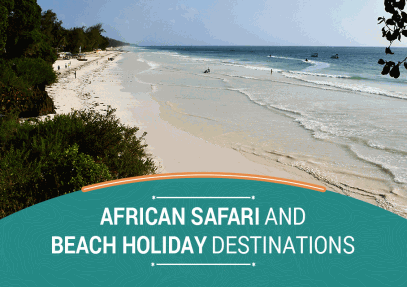
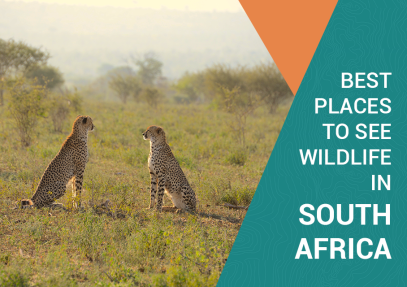
No Comments